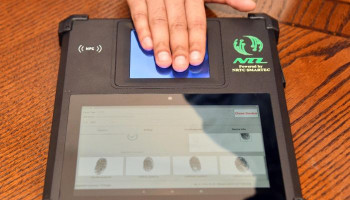
In light of the emergence of frequent internet outages around the world, people better equip themselves with devices and services that serve in an urgency, especially when they're stuck in a remote area with no Wi-Fi or cellular connection.
Even in an extremely advanced modern time like this, the list of smartphones supporting satellite connectivity is pretty shallow.
This has prompted mobile carriers to play their part until smartphone manufacturers come up with a solid alternative, as T-Mobile has announced the successful completion of testing of sending and receiving wireless emergency alerts via satellite.
Read more: Google hints at Ultra HDR recording by default in Android 15
This remarkable, technological feat indicates the consumer-considerate adoption of policies by T-Mobile, bringing something which only a few tech giants have been able to deliver.
Not only does satellite communication enable off-the-grid individuals to connect with their loved ones or call on emergency rescue teams when facing some catastrophic adversity, but it also makes them independent of classic mobile networks and signals to send and receive messages or calls.
What might have played a pivotal role in bringing this milestone about is that T-Mobile signed an agreement in 2022 with Elon Musk’s Starlink for the development of an in-house satellite connectivity network.
The test involved a hypothetical evacuation warning simulation wherein T-Mobile sent the Wireless emergency alerts (WEA) to a 217-mile height, which was received and transmitted by a Starlink satellite to compatible devices in the affected area.
















